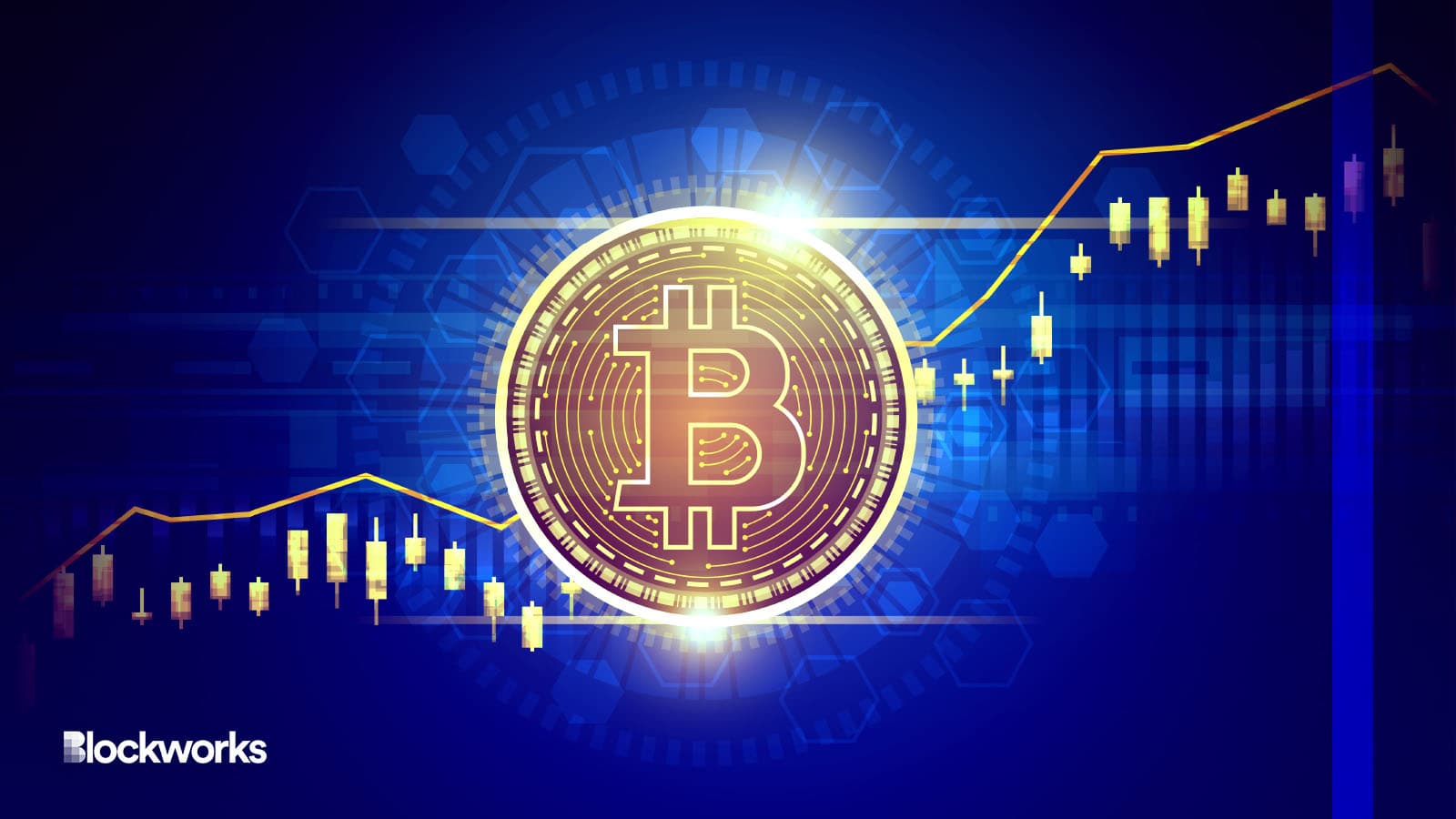Bitcoin Price Surges Following Mild Retail Sell-Off, Binance Lawsuit
On-chain metrics point to an increase in the volume of coins deposited to exchanges, signaling a willingness to realize some profits in the short term

Source: Shutterstock / Sittipong Phokawattana, modified by Blockworks
After a historic weekly run in the price of digital assets in the middle of March, trading activity has cooled into a range consolidation amid profit-taking.
Bitcoin (BTC) rose 26% from $22,200 beginning March 13 to $28,400 by the week’s end — the largest recorded weekly upside since December 2020.
Concerns over banking sector stability and persistent inflationary pressures encouraged traders to reallocate capital away from traditional assets into crypto. The CFTC’s lawsuit against Binance over trading and derivatives allegations, gave participants pause, but the range established since the close of Friday, March 17, remains intact.
“Bitcoin is now just battle-tested against these sorts of stories in the long run,” Sam Holman, an analyst at Australian trading firm Zerocap told Blockworks. “We tend to see short-term sell-offs when the headlines are published, but longer term it tends to play out like we’re seeing now with bitcoin’s price action overnight.”
The asset has managed to consolidate above the $26,900 level, indicating the impact Binance’s news has had on price has been minimal, Holman added.
On-chain metrics point to an increase in the volume of coins deposited to exchanges, signaling a willingness to realize some profits, with the majority of selling pressure coming from short-term holders, Glassnode reported Monday.
Profit-taking had begun to take place shortly before the announcement of the CFTC’s lawsuit, with data suggesting short-term holders dominate more than 90% of total inflow volumes, and with roughly 65% of these individuals in the green. Short-term holders are defined as individuals who’ve held for an average of 21 days.
Zooming out on the bitcoin price
Peering across the macro view of on-chain activity, Glassnode’s measure of the utilization of the Bitcoin network relative to its 14-year history — liveliness — shows the ratio of Coin Days Destroyed (CDD) to Coin Days Created (CDC) at its lowest point since Nov 29, 2020.
CDD and CDC are metrics used to measure the activity of a given asset and take into account two factors: the number of coins held in a wallet and the number of days held.
The liveliness of a particular crypto increases when long-term holders sell their positions and decreases when they accumulate coins to hold onto.
Liveliness will continue to trend down when individuals prefer accumulation over further sell-side pressure, hinting at strong investor sentiment despite a recent campaign of regulation through litigation by policymakers.
The narrative that really established bitcoin’s price surge higher in the past month — largely centered on the banking sector issues — would need to change for this trend to start to reverse, Holman said.
“If we start to see easing in these emergency loans from the Fed, then we could start to see some weakness in bitcoin.”
Charles Edwards, quant trader and founder of digital asset hedge fund Capriole, agreed, telling Blockworks Signature Bank going off-line this week would have a larger impact than the Binance news.
“The biggest fiat rails into crypto are officially going off-line on [April 5] — that will affect many large crypto entities if they haven’t set up new banking relationships,” Edwards said. “Probably most have, but we could see a temporary slowdown in capital flows over the next one-to-four weeks.”
Get the news in your inbox. Explore Blockworks newsletters:
- The Breakdown: Decoding crypto and the markets. Daily.
- 0xResearch: Alpha in your inbox. Think like an analyst.






